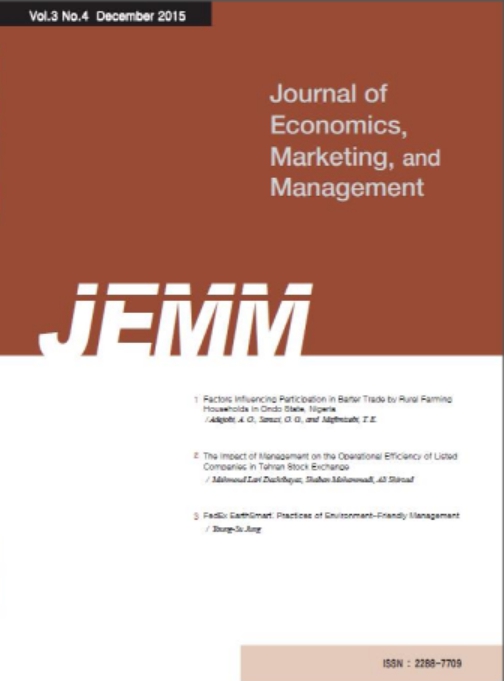- 권한신청
- E-ISSN2288-7709
- KCI
Contagion in Global Bond Markets
Contagion in Global Bond Markets
Vasila Shukhratovna ABDULLAEVA
Sun-Jae MOON
Abstract
Purpose: The paper analyzes for detecting unexpected shocks such as global financial crisis and COVID-19 pandemic, and contagion between countries by capturing in the mean-shift, variance-covariance-shift, and skewness-coskewness-shift parameters of interest rates. Research design, data and methodology: A flexible multivariate model of interest rates is provided by allowing for regime switching and a joint skewed normal distribution. The model is applying to the structural breaks of crisis and contagion between the US and the selected global bond markets during the global financial crisis and COVID-19 pandemic, respectively. Inspection of the moment statistics weakly suggests a flight to safety to the US during the global financial crisis and to Canada during the COVID-19 pandemic. Results: The results indicate that risk averse investors had a higher risk appetite for the US and Canada assets during the crisis regimes, compared to their counterparts. Conclusions: The results show that coskewness contagion dominates correlation contagion, and coskewness contagion is significant for the Korea and Japan-US pairs for the global financial crisis and the Euro-US pair for the COVID-19 pandemic. All channels of structural breaks of crisis and contagion are significant when considered jointly, reinforcing the need to consider contagion and structural breaks during crises in a multivariate setting.
- keywords
- Contagion, Gibbs sampling, Global Financial Crisis, COVID-19 Pandemic, Regime Switching Skewed Normal Distribution
- 다운로드 수
- 조회수
- 0KCI 피인용수
- 0WOS 피인용수














